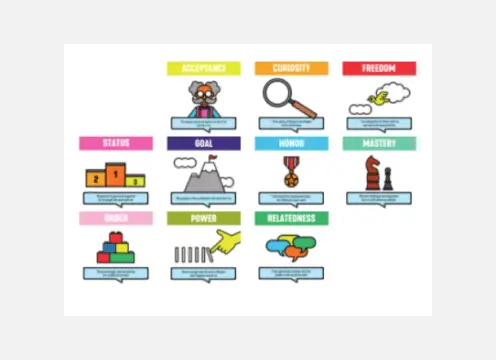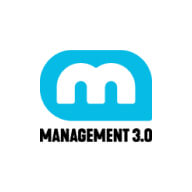Team Roles & Responsibilities
A Team Roles and Responsibilities activity is essential for a project’s success because it clarifies each team member’s role, scope, and contributions to the project. Here’s why this activity is beneficial:
Clear Expectations
By defining roles and responsibilities, everyone knows what is expected of them and of each other. This minimizes confusion and ensures that tasks are covered.
Reduces Overlaps and Gaps
Outlining responsibilities helps prevent role overlaps that could lead to redundant work, as well as gaps where critical tasks may be overlooked.
Enhances Accountability
When team members have clearly assigned roles, it’s easier to hold each person accountable for their tasks, as they know they are responsible for specific outcomes.
Boosts Efficiency
With well-defined roles, team members can focus on their specific tasks, making processes smoother and minimizing the need for repetitive discussions or micromanagement.
Improves Communication
This activity allows everyone to understand who to go to for specific issues or expertise, improving communication flow and collaboration within the team.
Strengthens Team Cohesion
Discussing roles and responsibilities openly helps build trust and respect among team members as they understand each other’s contributions.
Supports Project Planning
Knowing each role helps in resource planning, timelines, and aligning tasks to the right skill sets, which is critical for meeting project goals effectively.
A roles and responsibilities activity can be done early on and revisited as projects evolve, ensuring the team remains aligned and adaptable to changes.
Categories
Similar templates






